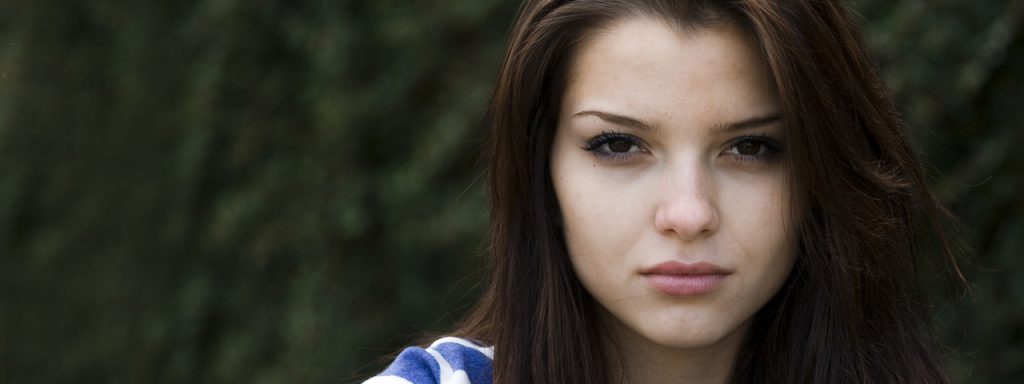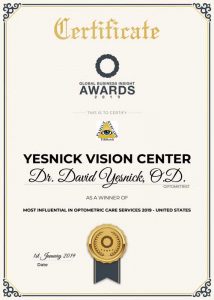
What is a stye
A stye, also known as a hordeolum, is a lump on the eyelid, either on the inside or the outside. It is, in fact, a pus-filled abscess. External styes are visible on the surface of the eyes. They may also be within the eyelids. Styes usually occur on one eye, but you may have multiple numbers.
Causes of styes
In most cases, a stye is caused by a bacterial infection by the staphylococcus bacterium. These bacteria live on the surface of the skin. When they find the right conditions, they feast on dead skin and debris. They cause an infection on an eyelasThis causes pus-filled pimples called styes to appear.
Styes can be: External, or Internal
External styes erupt as small lesions on the outside of the eyelid, next to a lash. This goes on to become a painful, red, swollen pimple. After a few days, it bursts and heals. As this is on the outside of the eyelid, it is usually visible with a whitehead.
Internal styes, on the other hand, occur on the inside of the eyelid, because of which, we cannot see the whitehead on the lid. When it is healed, it sometimes leaves no trace. But, sometimes, it may leave a cyst filled with fluid that remains for a long time. This may have to be treated and drained.
Styes can occur in people of any age and they may be recurrent. These are generally not harmful and do not affect the vision and eyeball.
Symptoms of a stye
If you have a stye, you may notice the following symptoms:
- Formation of a pimple in the eye.
- Red, hot, tender eyes
- Swelling – in that area or in the entire eyelid
- Watery eyes
These symptoms do not cause any changes in vision.
Treatment Options:
Styes are usually not dangerous. They can be treated at home using hot fomentation. Remember not to pop the stye. Allow it to burst and heal on its own.
Follow the below steps at home to encourage your stye to heal and reduce your pain and swelling:
- Take a clean flannel and soak it in warm water.
- Apply it like a hot compress to your eye for five to ten minutes.
- Repeat this process for a couple of times every day.
You may take paracetamol or ibuprofen for some relief from the pain. Do not share pillows, towels, etc., with others in order to be doubly sure that you not spread the infection. A stye should resolve on its own in a few days.
Should I see the doctor?
See your doctor if, the stye causes excess pain and swellingYou notice changes in visionThe stye does not heal in a few weeksYou suffer from stryes frequently
How can the doctor treat your stye
Depending on the condition of the stye, your eye doctor may
Use a sterile needle to burst the styeDetach the eyelash nearest to the styePrescribe an antibiotic ointment in case of frequent and recurrent styesIf in doubt, he may refer you to an eye care specialist.
Is it something else?
Other bumps in the eyes are easily mistaken to be styes. One such condition is Chalazia. These are little bumps formed by oil glands that are blocked. More commonly, these bumps are painless and are located further from the edge of the eyelids than styes. Chalzia resolve on their own just like styes, but they usually take much longer – like several months.

